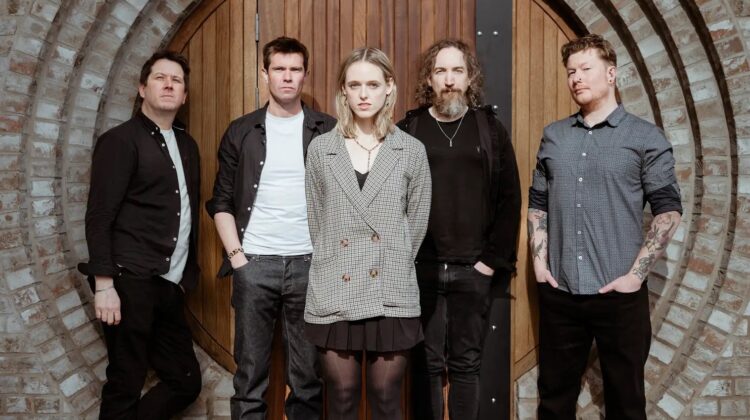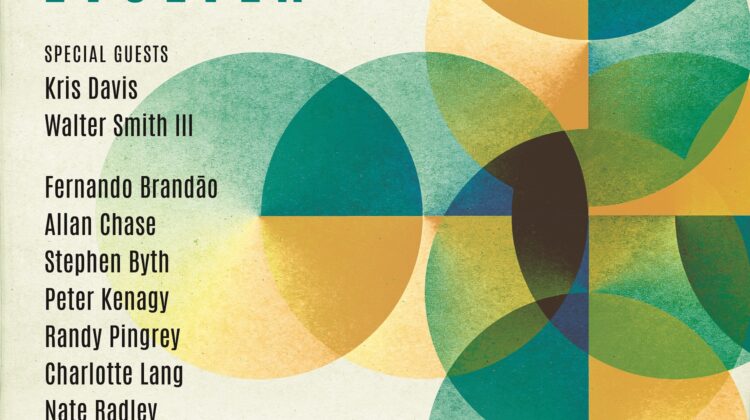Little did listeners know when in 2002 Miguel Zenón recorded Looking Forward, his album of Puerto Rican religious songs, that he would building, album by album, a series of recordings dedicated to, and elaborating upon, the music he heard when he grew up in the Residencial Luis Llorens Torres housing projects in Santurce Barrio next to Expreso Roman Baldorioty de Castro between airports near San Juan. The point of Zenón’s albums from the start has been a demonstration of the complexity and distinctiveness of—and a celebration of the joyfulness of—Puerto Rican music, contrasted and complemented by jazz.
Branford Marsalis recognized that Zenón offers a unique perspective for the progress of jazz when he signed the alto saxophonist to the Marsalis label. Confident in Zenón’s abilities, Marsalis basically “found a studio to re-create what he sounds like in his live set” with every album. Instead of playing jazz from the start of his career and evolving into a synthesis of jazz and his birthplace’s music, as did one of Zenón’s mentors, Danilo Pérez, Zenón appeared to arrive on the scene in his twenties with a fixed vision of his musical direction.
Having covered the subgenres of jíbaro and plena, Zenón now is presenting to a worldwide audience the music of Puerto Rico’s song writers. As with his other albums, Zenón combines improvisational ebullience with melodies recalling the source of the music. To punctuate the proceedings and allow for greater harmonic depth, Guillermo Klein has arranged for a ten-piece horn ensemble that includes not trumpets and trombones, but flutes, oboe, bassoon, English horn, clarinets and French horn to achieve the colors sought. Consistent with Zenón’s objective of exploring blends of musical cultures, Alma Adentro, thus, differs from the other albums by instrumentation and style. Whereas Esta Plena included three panderos and compositions with phrases in threes, Alma Adentro’s tracks are more singable and more adaptable to classical and/or popular harmonic backgrounds.
“Amor,” by Pedro Flores, virtually invites singing along, so approachable and insinuating is its melody, clearly stated by Zenón on alto sax. The ensemble itself mostly expands upon the colors, particularly in the lower range of bass clarinet and bassoon, while pianist Luis Perdomo provides the most prominent accompaniment with broad chords. Klein is as dedicated to respectful, yet complex, versions of the songs as Zenón, for his arrangements flow from the songs’ sentiments and melodies, rather than imposing preconceived ideas upon them. Sylvia Rexach’s six-eight “Olas y Arenas” is notable for this confluence of composition and interpretation as saxophonist and ensemble expand upon the quiet, cyclic motive, first stated, by Perdomo’s piano work before reeds come in. Zenón’s melody, declarative but urgent, contrasts with the thematic turbulence until they coalesce into a cataract of increasing volume and tension signified by the pull between meters of three and four. The final chorus accelerating the initial phrase to cascading speed frees Zenón into a final excitement of stuttering and abandoned improvisation that no one could have expected at this tour de force’s beginning.
Likewise, “Silencio” starts with repeatedly identifiable phrases, first expressed by Zenón, before the melody emerges. No doubt, that phrase is one that Klein and Zenón devised as an element of the larger arrangement that animates the song with varying moods, the first of which mood swings occurs during the bridge with the ensemble’s punchy single-chord accents. That shift from mellifluity of melody to the drama of action-movie-like force, serves as the springboard for Zenón’s spirited improvisation to follow—improvisation that effectively merges the simplicity of song with the language of jazz.
While one can appreciate Zenón’s devotion to the “Puerto Rican Songbook” and understand the vision of his multi-album plan, a striking aspect of Alma Adentro, besides the arrangements, is the virtuosity of Zenón’s performances. Avoiding a categorization of “passionate” playing, though he is obviously so about the project, Zenón perfectly invites listeners to enjoy the compositions of the five Puerto Rican songwriters while expanding upon the musical possibilities each composition offers. Furthermore, Zenón frankly wows the listener with his now-effortless improvisations, structurally delivered. His affecting “Temes” solo introduction is a thing of beauty, as is his classically developed “Perfume de Gardenias” cadenza. Collaborating with Klein, Zenón can whip a song, at first straightforward, into a delirious frenzy, establishing musical narratives of introduction, build-up, climax and denouement as their imaginations so create.
After years of constant involvement with top-notch groups like the SFJazz Collective, David Sánchez’s quintet, Charlie Haden’s Liberation Music Orchestra and the Mingus Big Band, Miguel Zenón has matured into a leading contributor to the evolution of jazz. The initial controversy about awarding Zenón the MacArthur Foundation Fellowship, received this year coincidentally by Cuban-born Dafnis Prieto, has been defused by Zenón’s excellent of musicianship and his dedication to the syntheses of jazz and Puerto Rican musical subgenres. Giving back to his homeland, Zenón is using the MacArthur Foundation funds partly to help set up Caravana Cultural, which sponsors free tri-annual jazz concerts in Puerto Rico, where he says jazz is seldom heard. Until now. Conversely, Zenón is informing the rest of the world of the beauty and thrill of Puerto Rican music, mixed with jazz.
Year: 2011
Label: Marsalis Music
www.marsalismusic.com









